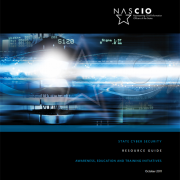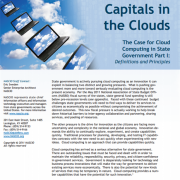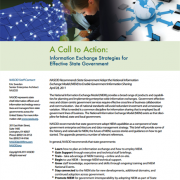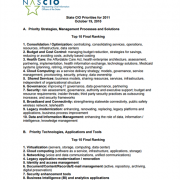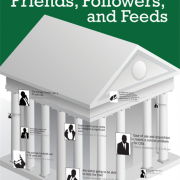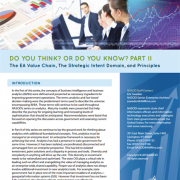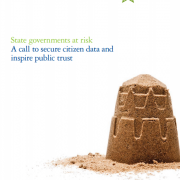Sustainable Success: State CIOs and Health Information Exchange
While NASCIO has continued to track the role of the State CIO in Health Information Exchange (HIE), the recently released issue brief highlights the importance of a sustainable public HIE. Included in the brief are best practices for creating potential revenue streams, considerations for systems development, and innovative options that may reduce maintenance and lower costs. State CIOs and state policy officials need to consider the business drivers that will ensure that revenues exceed costs to plan, implement and operate an interoperable HIE. State CIOs recognize that there is no better opportunity than now for carrying out these goals, but continued ingenuity will be imperative in ensuring a state-run HIE is independently sustainable when public grants may no longer be available.


